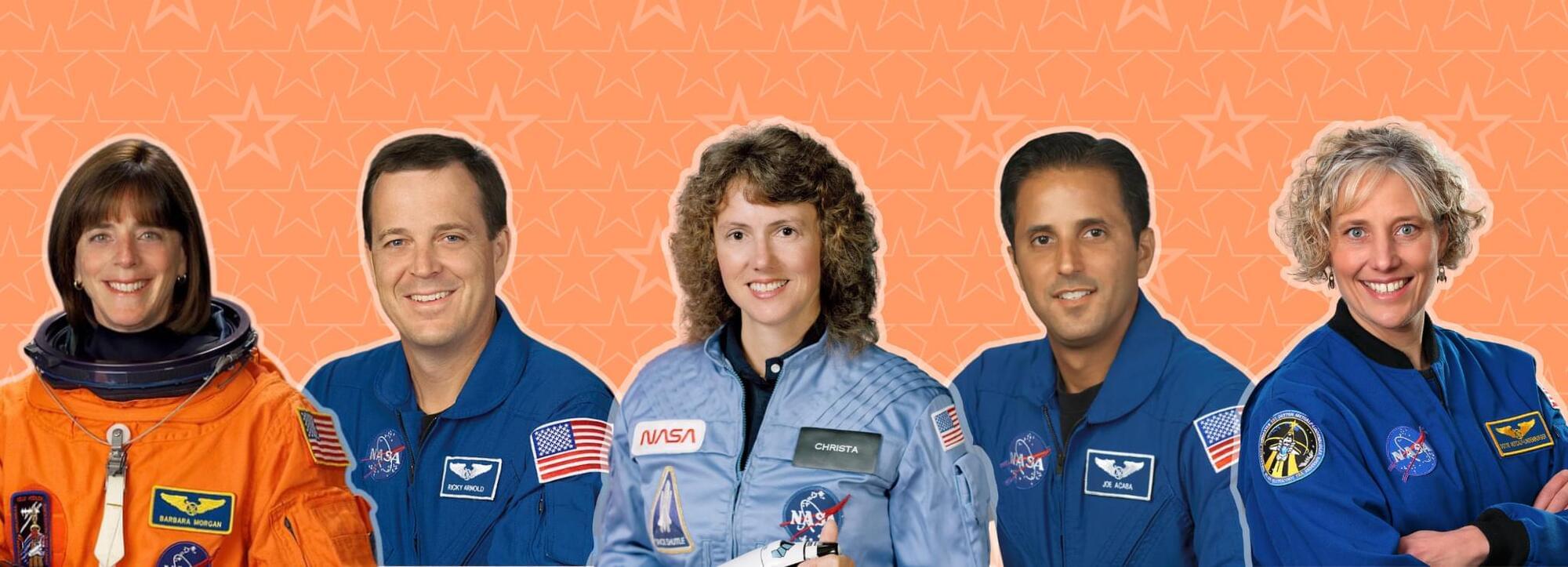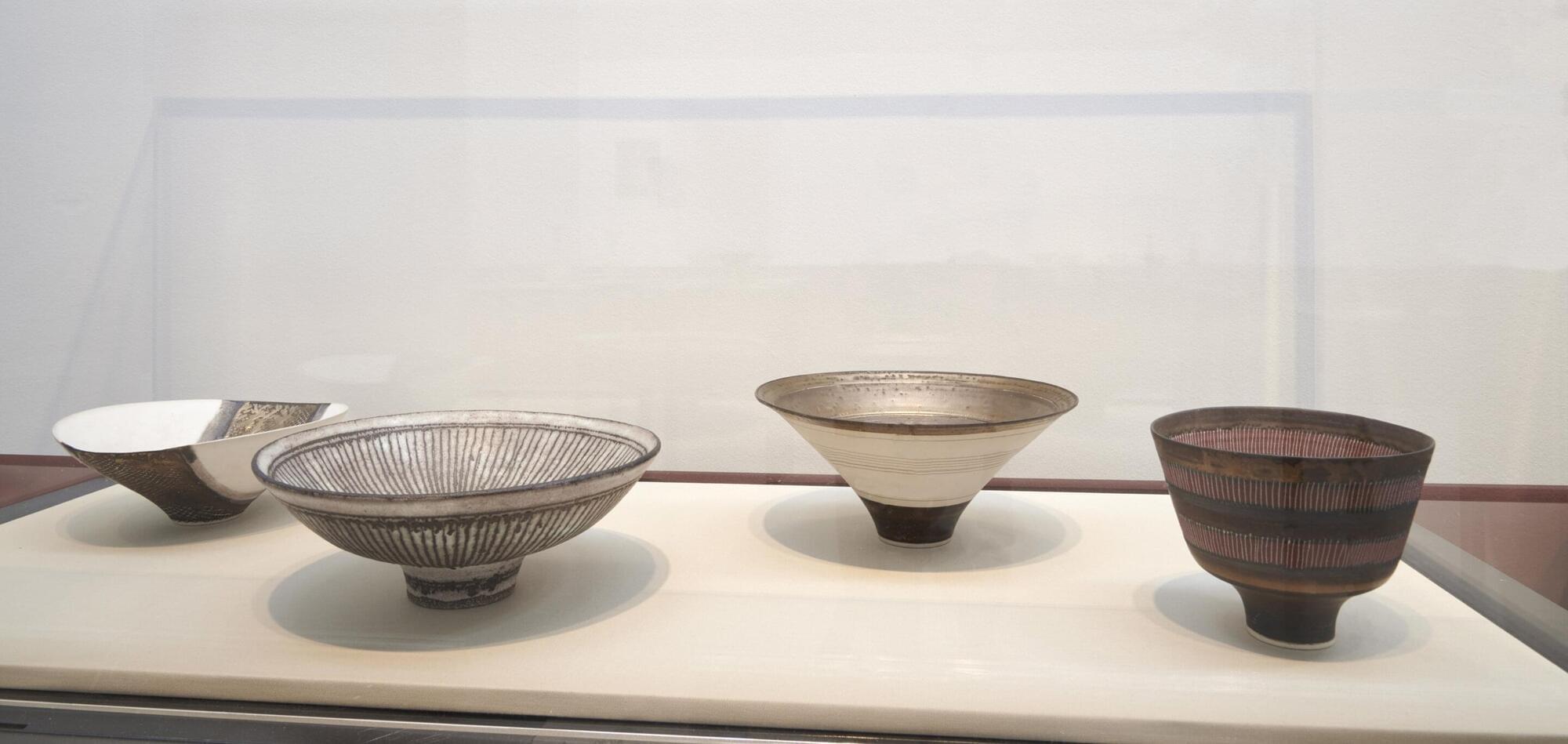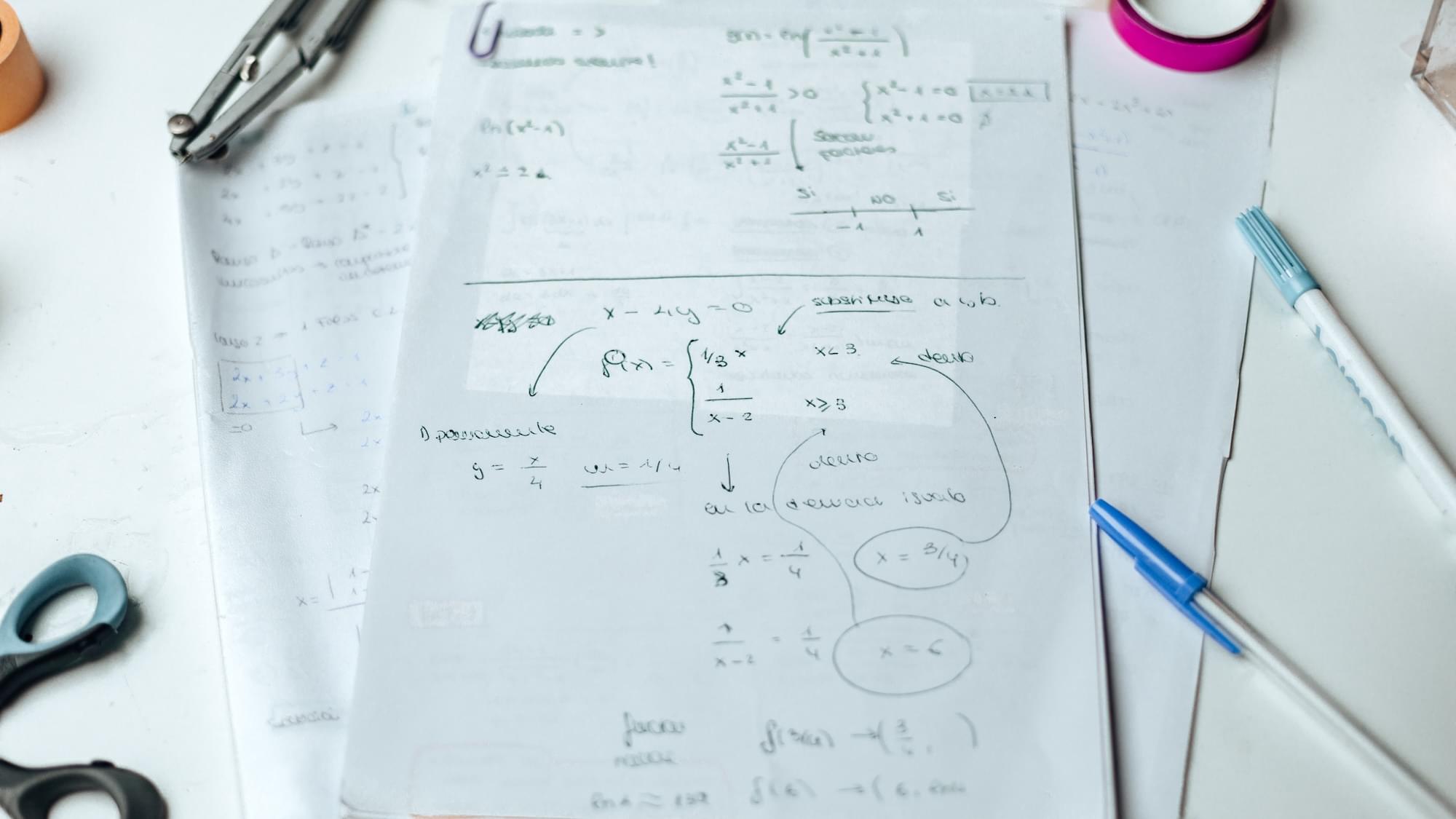The Diary Of A CEO
Category: education – Page 13
On Memory as a Self-Adapting Agent
We discuss Michael Levin’s paper “Self-Improvising Memory: A Perspective on Memories as Agential, Dynamically Reinterpreting Cognitive Glue.” Levin is a scientist at Tufts University, his lab studies anatomical and behavioral decision-making across biological, artificial, and hybrid systems. His work spans developmental biology, artificial life, bioengineering, synthetic morphology, and cognitive science. 🎥 Next, watch my first interview with Michael Levin… What are Cognitive Light Cones? • What are Cognitive Light Cones? (Mich… ❶ Memories as Agents 0:00 Introduction 1:40 2024 Highlights from Levin Lab 3:20 Stress sharing paper summary 6:15 Paradox of change: Species persist don’t evolve 7:20 Bow-tie architectures 10:00 🔥 Memories as messages from your past self 12:50 Polycomputing 16:45 Confabulation 17:55 What evidence supports the idea that memories are agential? 22:00 Thought experiment: Entities from earth’s core ❷ Information Patterns 31:30 Memory is not a filing cabinet 32:30 Are information patterns agential? 35:00 🔥 Caterpillar/butterfly… sea slug memory transfer 37:40 Bow-tie architectures are EVERYWHERE 43:20 Bottlenecks “scary” for information ❸ Connections & Implications 45:30 🔥 Black holes/white holes as bow-ties (Lee Smolin) 47:20 What is confabulation? AI hallucinations 52:30 Gregg Henriques & self-justifying apes… all good agents storytellers 54:20 Information telling stories… Joseph Campbell’s journey for a single cell 1:00:50 What comes next? 🚾 Works Cited 🚩 Self-Improvising Memory: A Perspective on Memories as Agential, Dynamically Reinterpreting Cognitive Glue https://www.mdpi.com/1099-4300/26/6/481 https://thoughtforms.life/suti-the-se… our way to health with robot cells | Michael Levin (Big Think 2023)
• Biohacking our way to health with rob… https://peregrinecr.com/ 🚀 What is this channel? Exploring Truth in philosophy, science, & art. We’ll uncover concepts from psychology, mythology, spirituality, literature, media, and more. If you like Lex Fridman or Curt Jaimungal, you’ll love this educational channel. p.s. Please subscribe! Young channel here. =) #science #memory #biology #computing #mind #intelligence #attractor #polycomputing #bioelectric #cybernetics #research #life
The Universe Observing Itself | Federico Faggin on Consciousness
In this profound and thought-provoking clip from the Quantum Convergence documentary, tech pioneer and physicist Federico Faggin delves into his transformative experience of consciousness — the moment he felt himself as the universe observing itself. Faggin, best known for his work in developing the first microprocessor, explores the fundamental nature of consciousness, its relationship with matter, and the deeper purpose of the universe.
🌐 About Quantum Convergence:
Quantum Convergence is a groundbreaking documentary that explores the intersection of science, technology, and consciousness. Featuring leading thinkers and visionaries, the film examines how our understanding of reality is evolving in the age of AI and quantum physics.
🔔 Subscribe for more transformative content:
📍 Stay updated with more clips and insights from Quantum Convergence by hitting the notification bell.
👍 Like, share, and comment if you believe in the power of consciousness.
#QuantumConvergence #Consciousness #FedericoFaggin #AI #Philosophy #Science #QuantumPhysics.
Learn more — https://www.infinitepotential.com/

B cells found to be crucial for long-term vaccine protection, new study shows
The new findings could help improve vaccine effectiveness in some immunocompromised patients. Researchers at the University of Colorado Anschutz Medical Campus have uncovered a critical, previously underappreciated role for B cells in vaccine protection. Best known for producing antibodies, B cells also guide other immune cells, specifically CD8 T cells, teaching them how to mount lasting defenses after vaccination.
The study was recently published in The Journal of Clinical Investigation.
“Think of CD8 T cells as rookie firefighters,” said lead author Jared Klarquist, PhD, assistant research professor of immunology and microbiology at the University of Colorado School of Medicine. “B cells teach the class on pacing. Without them, the rookies rush in, fight hard, and quit. They don’t save anything for the next fire.”


Contemplating art’s beauty found to boost abstract and ‘big picture’ thinking
Since the dawn of philosophy, thinkers from Plato to Kant have considered how beauty affects human experience, and whether it has the power to transform our state of mind.
Now, a new study from the University of Cambridge suggests that stopping to contemplate the beauty of artistic objects in a gallery or museum boosts our ability to think in abstract ways and consider the “bigger picture” when it comes to our lives.
Researchers say the findings offer empirical evidence that engaging with artistic beauty helps us escape the “mental trappings of daily life,” such as current anxieties and to-do lists, and induce “psychological distancing”: the process of zooming out on your thoughts to gain clarity.

RIKEN and Fujitsu unveil world-leading 256-qubit quantum computer
RIKEN and Fujitsu Limited have developed a 256-qubit superconducting quantum computer that will significantly expand their joint quantum computing capabilities. The system, located at the RIKEN RQC-FUJITSU Collaboration Center, located on the RIKEN Wako campus, builds upon the advanced technology of the 64-qubit iteration, which was launched with the support of the Japanese Ministry of Education, Culture, Sports, Science and Technology (MEXT) in October 2023, and incorporates newly-developed high-density implementation techniques. The new system overcomes some key technical challenges, including appropriate cooling within the dilution refrigerator, which is achieved through the incorporation of high-density implementation and cutting-edge thermal design.
This announcement marks a new step toward the practical application of superconducting quantum computers and unlocking their potential to grapple with some of the world’s most complex issues, such as the analysis of larger molecules and the implementation and demonstration of sophisticated error correction algorithms.
The organizations plan to integrate the 256-qubit superconducting quantum computer into their platform for hybrid quantum computing lineup and offer it to companies and research institutions globally starting in the first quarter of fiscal 2025. Looking further into the future, Fujitsu and RIKEN will continue R&D efforts toward the launch of a 1,000-qubit computer, scheduled to be launched in 2026. For more information, see a longer press release on Fujitsu’s website .
.

Mathematician solves algebra’s oldest problem
Most people’s experiences with polynomial equations don’t extend much further than high school algebra and the quadratic formula. Still, these numeric puzzles remain a foundational component of everything from calculating planetary orbits to computer programming. Although solving lower order polynomials—where the x in an equation is raised up to the fourth power—is often a simple task, things get complicated once you start seeing powers of five or greater. For centuries, mathematicians accepted this as simply an inherent challenge to their work, but not Norman Wildberger. According to his new approach detailed in The American Mathematical Monthly, there’s a much more elegant approach to high order polynomials—all you need to do is get rid of pesky notions like irrational numbers.
Babylonians first conceived of two-degree polynomials around 1800 BCE, but it took until the 16th century for mathematicians to evolve the concept to incorporate three-and four-degree variables using root numbers, also known as radicals. Polynomials remained there for another two centuries, with larger examples stumping experts until in 1832. That year, French mathematician Évariste Galois finally illustrated why this was such a problem—the underlying mathematical symmetry in the established methods for lower-order polynomials simply became too complicated for degree five or higher. For Galois, this meant there just wasn’t a general formula available for them.
Mathematicians have since developed approximate solutions, but they require integrating concepts like irrational numbers into the classical formula.

Scientists make discovery that upends our beliefs about how cells divide
Scientists from The University of Manchester have changed our understanding of how cells in living organisms divide, which could revise what students are taught at school. In a study published today in Science, the researchers challenge conventional wisdom taught in schools for over 100 years.
Students are currently taught that during cell division, a parent cell will become spherical before splitting into two daughter cells of equal size and shape. However, the study reveals that cell rounding is not a universal feature of cell division and is not how it often works in the body.
Dividing cells, the researchers show, often don’t round up into sphere-like shapes. This lack of rounding breaks the symmetry of division to generate two daughter cells that differ from each other in both size and function, known as asymmetric division.
The Hidden Order of the Universe — David Bohm
Why do the two most fundamental theories of the universe contradict each other? In this mind-bending segment from Quantum Convergance, we explore how Einstein’s general relativity and quantum mechanics—despite their opposing principles—both point toward one astonishing truth: the universe is not made of separate parts, but of undivided wholeness.
Using powerful metaphors like the whirlpool and grounded scientific insight from David Bohm and Einstein, this video unravels how the illusion of separateness may be the greatest misunderstanding in modern physics. Relativity describes the universe as a smooth, local continuum, while quantum theory insists on jumps, discontinuity, and entanglement.
But what if both are right… and incomplete?
🔹 Narrated by David Bohm.
🔹 From the full documentary: Quantum Convergance.
Learn more — https://www.infinitepotential.com/